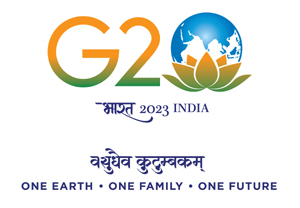
Utilities
Query Now
[MKGD language=”en” unit=”metrics” latitude=”73.5089″ longitude=”4.1753″ width=”200″ height=”300″ show_start_point=”1″ start_point=”Male” destination_point=’Maldives’]
Weather
The Maldives has a tropical climate distinguished by two seasons, or monsoons: the dry northeast monsoon from December to March, and the wet southwestern monsoon from May to November, with more strong winds and rain. April is a transitional period noted for clear water and heat. The temperature remains remarkably consistent at around 30°C.
The Maldives specialises in winter sun for Europeans, making high season December to April, when the islands enjoy the dry monsoon with little rain and lower humidity while Europe shivers. February to April is the hottest period and resorts are almost all operating at capacity during this period. Mid-December to early January comes at even more of a premium due to Christmas and New Year and prices are even higher. Easter and the Italian holiday week in August also attract peak prices at most resorts, especially the Italian-oriented ones.
From May to November is the period when storms and rain are more likely. It’s still warm, but skies can be cloudy and the humidity is higher. This is the low season, with fewer people and lower prices, with the exception of August.
Diving is good year-round, although a basic rule is that life on the reef is more varied and visibility better on the western side of any atoll from May to November and from the eastern side of any atoll December to April. This means you’d be wise to choose your resort accordingly.
The surfing season runs from March to October, which is great as this is when resorts are cheapest.
There is no bad time to visit the Maldives, although if you’re interested in spending time in Male’ or any other inhabited islands, Ramazan is a time to avoid as restaurants are closed and people aren’t always at their most receptive.
Click here to check weather information for cities in Maldives











